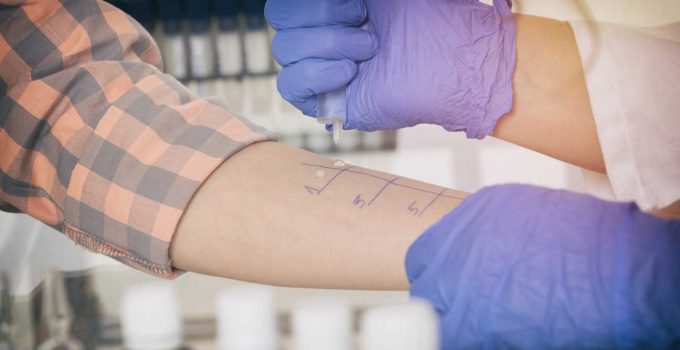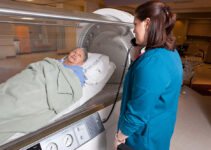The dynamic interplay of environmental and genetic factors determines allergic reactions. It affects approximately 20% of the global population, making it an increasing health and clinical concern. Even though the production of the allergic response is well understood, the factors that contribute to the development of allergies remain unclear.
Adults and children alike are affected by allergies, and having to go to the doctor for blood or a skin test can add to the discomfort. However, an at-home allergy test saves allergy sufferers from such hospital visits by enabling them to test for common allergens at home.
Are you curious about the symptoms you’re having that you think are the result of an allergy? Have you ever wondered if a home allergy test will help you out? In this article, we will cover all the basic information you need to know before getting a DIY allergy testing kit.
1. Know When To Take DIY Allergy Tests
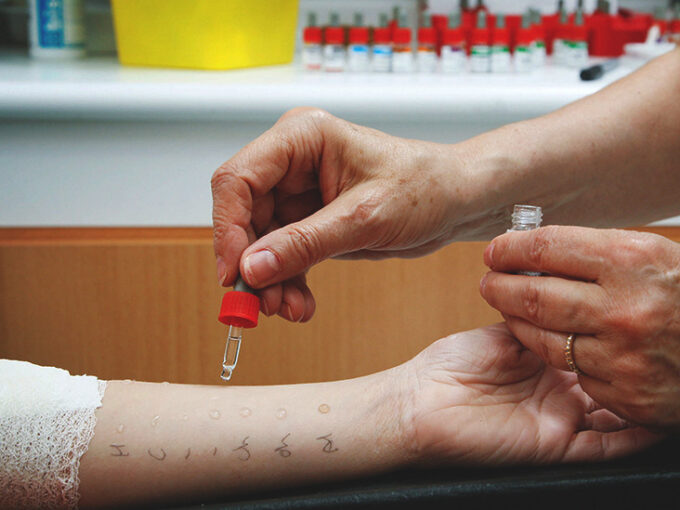
Source: healthline.com
If you find that a particular food triggers you, you may think you’re allergic to it, but you might simply be intolerant to it.
Food allergies stimulate the immune system. They can trigger an acute life-threatening reaction that necessitates immediate treatment. Food intolerance, however, has an effect on your digestive symptoms and may cause stomach pain or diarrhea.
The first step in the development of allergy is sensitization. However, being sensitized does not always imply that you are allergic.
Allergic reactions do not occur on the first exposure to an allergen. Before an allergic reaction can develop, the body must prepare its defense mechanisms against the substance by generating IgE. You are sensitive to a stimulus if you have specific IgE antibodies against it in your blood.
2. How To Take DIY Allergy Tests?
The DIY test kits at thehealthhub.com require a small blood sample. When you order a kit, you will receive all that you will need to collect the sample. After pricking your finger with the provided lancet, squeeze a drop or two of blood onto the provided card or sample tube before shipping it back to the test company.
Your findings will be collated into a concise, easy-to-understand report once your sample has been analyzed. Share the report with your doctor as an important addition to your overall healthcare.
3. Why Take DIY Allergy Tests?

Source: youtube.com
It can be difficult to decide what treatment is best for your symptoms if you don’t know what’s triggering them. A home allergy test is one method for determining what is affecting the symptoms.
DIY allergy testing is simple to do. It will provide details that can help you understand how the body responds to different allergens. Getting the right information from certified resources will also help you understand and manage your symptoms better.
4. At-Home Tests Should Not Substitute A Doctor
A correct allergy diagnosis requires both a test and a consultation with your doctor. Your medical history is an important link between the outcome of your allergy tests and being diagnosed with an allergy. A home allergy test will help you prepare for a doctor’s appointment to address your symptoms.
It does not take the place of a doctor’s advice, especially if a person’s symptoms are serious. The aim of a home test kit is to make testing more affordable and accessible to all.
5. Choosing Your Home Allergy Test Must Be Meticulous
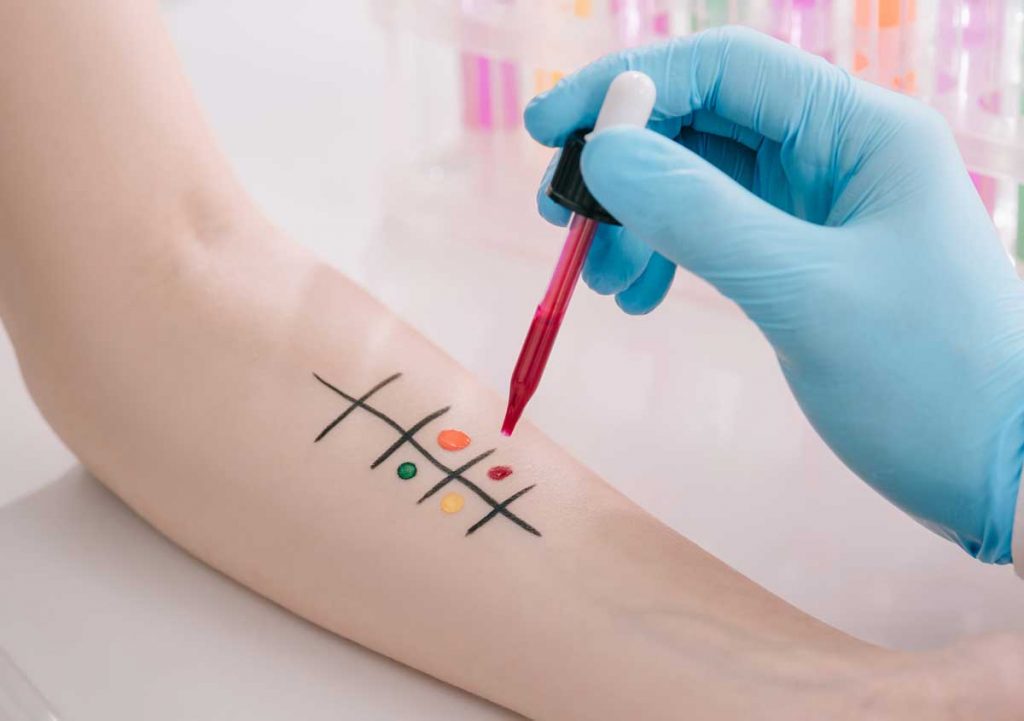
Source: myallergydr.com
There are a variety of allergy home tests available. However, if you want to find out what is causing the symptoms, go for an IgE test. It is a scientific approach for identifying common allergens and medical allergy tests follow the same principle.
Allergies cannot be detected using test kits that identify Immunoglobulin G (IgG) antibodies. These antibodies in your blood tell you what you’ve eaten recently, but nothing about how your system has reacted.
6. Accuracy Of DIY Allergy Tests
Although it may seem to be more convenient to use a different testing method, many at-home allergy tests have not been proven to give accurate results. In reality, these tests often result in an over-diagnosis of a food allergy, as well as increasing concern and food avoidance.
A blood test, on the other hand, maybe used to diagnose an allergy. They are constantly changing and becoming more reliable. Some blood tests can now provide results for individual allergen components.
7. Benefits Of DIY Allergy Tests
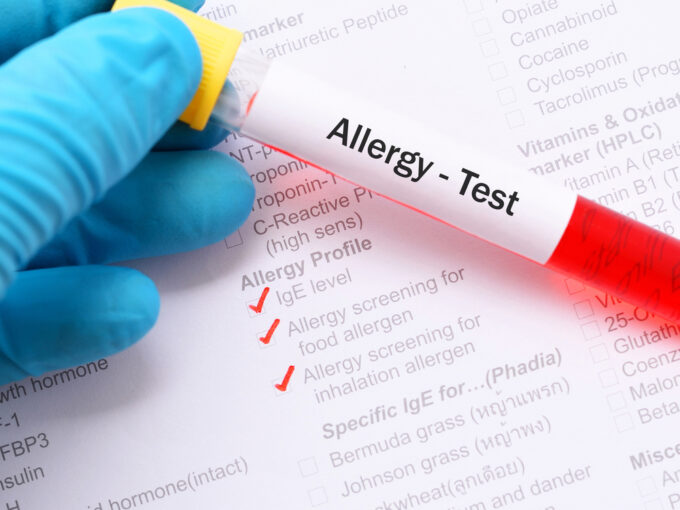
Source: coloradoallergy.com
The first advantage of doing an allergy blood test at home is that it is extremely safe. You have no risk of having a reaction because you are not required to come into contact with any allergens.
Second, it will assist you in compiling a list of possible allergens that are triggering your reactions.
Finally, it will assist you in preparing for a consultation with your doctor to discuss your allergies. You can also talk about the results over the phone, which is very convenient.
8. The Next Step
A home allergy test will only provide an indicator of your body’s response to particular allergens. The conclusions should be interpreted by a doctor.
There is a probability that a home allergy test would deliver false-positive or false-negative results. Decisions to alter your medication or diet based on the results of a home allergy test should not be taken without first consulting your doctor. Only a doctor can provide an allergy diagnosis.
Conclusion
If you intend to use home testing, make sure to only use certified tests and thoroughly research them before proceeding. Also, make sure to read the instruction manual.
Home allergy tests are not meant to replace professional medical advice, and you should contact your doctor if you are deeply concerned about your symptoms. These tests are intended to determine which foods or other allergens are causing the reactions.

